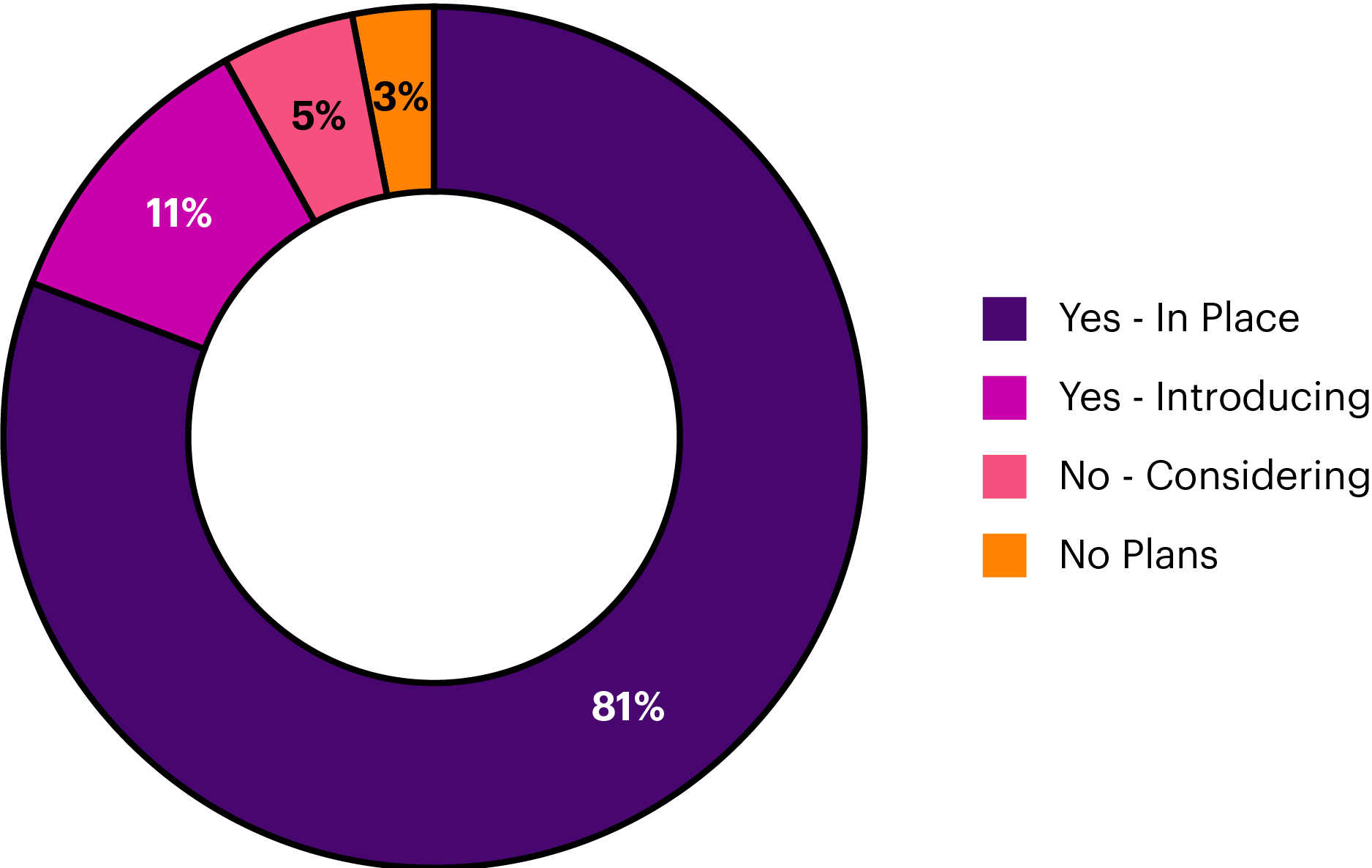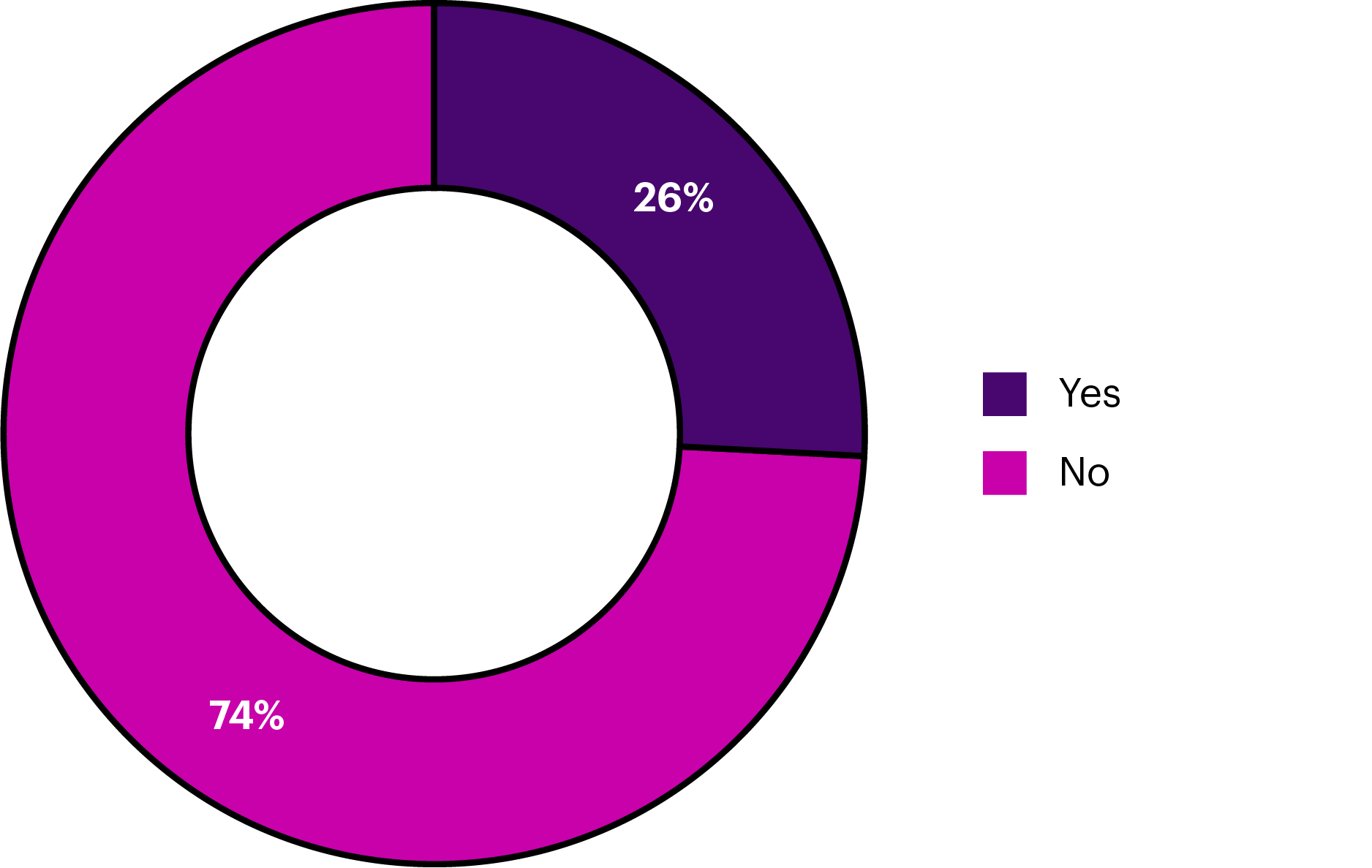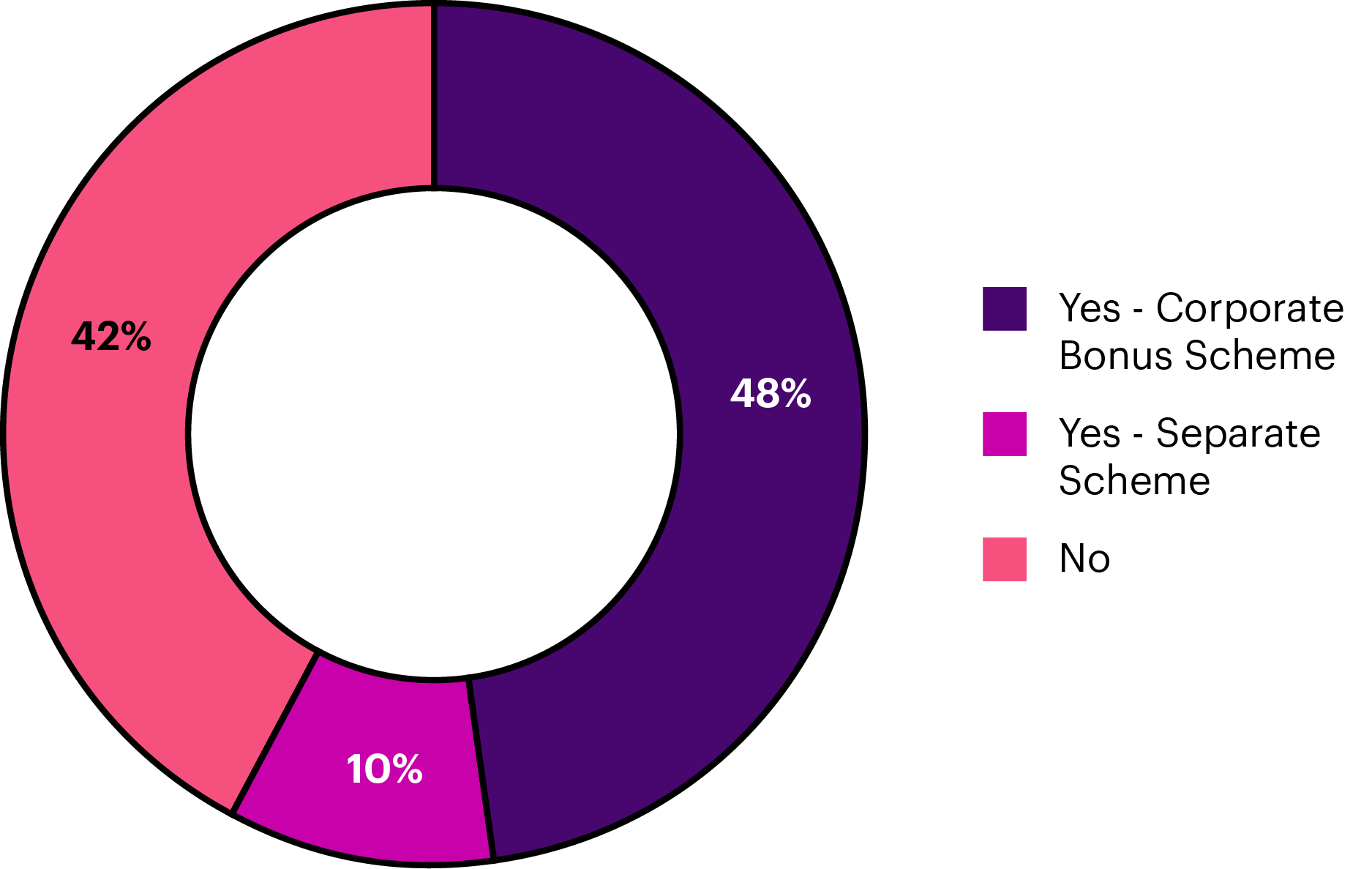Apprenticeships are an effective and unique way to “grow your own”; they are a great way for employers to nurture their own talent. At the same time, they provide an innovative route for young adults to enter the labour market not just having the theoretical knowledge but being able to combine on-the-job experience for a more holistic and well-rounded work ethic.
The apprenticeship policies and practices in the UK have undergone significant changes in recent years. New updates in government policy have shed light on apprenticeships as being a tool to increase national productivity, social mobility and improve the wage and employment. In response to requests from many of our client companies, WTW released a questionnaire that takes a deep dive into the Apprenticeship Policies and Practices in the UK, as of 2022. Interest in the survey has proved high, with responses from 96 companies being received and included in the analyses of the 2022 Apprenticeship Survey Report.
Here are four key highlights from the report findings:
01
In 2019, 74% of the participating organisations had an apprenticeship scheme in place. In 2022, that percentage has increased to 81%. This statistic shows an upward trend in the apprenticeship scheme across organisations of all sizes in the UK. About 5% of the participants are in the process of introducing the apprenticeship scheme, while 11% don’t have a scheme yet but are considering introducing it. Interestingly, 95% of the companies that have an apprenticeship scheme in place say that they directly source the apprentices themselves.

02
Since April 2017, an apprenticeship levy applies to all UK employees with an annual wage bill of £3 million or more, regardless of whether they offered an apprenticeship program themselves or not. 90% of the participants in the survey paid the apprenticeship levy in 2021/2022 and will pay for 2022/2023. The most common reasons why companies are unable to pay the levy include organisation size and co-investment with the government on training costs. 26% of the companies have been able to use up all their levy allowance over the last tax year. Forty-eight percent of the companies plan to do so in the current tax year. The most common reasons why the levy allowance was not fully used include insufficient number of apprentices to justify the payment (the scheme still being in its infancy stage), time constraints and insufficient business needs and resources.

03
Thirty percent of the participants have chosen the level of the apprentice as a major criterion that determines their salary. Other criteria include individual performance, age, company performance, living wage increase and qualification and completion of study.
Therefore, it’s no surprise that our survey findings show that the average annual base salary increases with the level of apprenticeship, wherein the more senior schemes tend to offer higher salaries.
04
When it comes to benefits, 85% percent of the companies treat employees in an apprenticeship scheme the same as full time employees. Where there are differences, the following benefits are excluded: private health insurance, long terms shares, paternity leave and training scheme. The typical number of holiday entitlement is 25 days, and number of study days is one day per week.
